The autumn is Oregon at its best. Gone is the overbearing heat of late summer, and it is replaced by the cooler temperatures as the days grow shorter. The impending onset of winter drives us with a renewed sense of busyness, and a season of change unfolds in the color of the leaves, the throng of salmon in a stream, the peal of bugling elk, and the foraging of the ocean’s bounty on the coast. Created in partnership with Travel Oregon, Outdoor Project, Outlive Creative, Oregon State Parks and Oregon Department of Fish and Wildlife, we’re celebrating the unforgettable fall adventures that make Oregon a haven for the outdoors. As part of this seasonal celebration, check out the Oregon Fall Adventures video in the slideshow above and get inspired to chart your own Oregon adventures this fall season.
Prodigious Fish
Salmon are prodigious migrators, and during the fall many species return to their home streams to spawn. They complete a journey that spans, in some cases, thousands of miles and stretches from October to February, peaking in mid-November. Chinook salmon, for example, may travel as far as 2,500 miles from their home stream to the Gulf of Alaska, and they may stay at sea from four to seven years, riding counter-clockwise currents in the gyre that take a year to circulate completely.
Salmon reach maturity after a few years of foraging, and their behavior shifts toward home and reproduction. They get there by using an amazing sensory array, according to the authors of "Pacific Salmon Migration: Completing the Cycle," published in the Encyclopedia of Fish Physiology. Salmon have a highly sensitive sense of smell that can detect minute concentrations of their “home stream olfactory bouquet,” which may be detectable thousands of miles offshore. Further, they may detect changes in the salinity of ocean water. Vision may also be important, and salmon may use changes in the light or even landmarks to navigate home. In 2014, a study conducted at the Oregon Hatchery Research Center showed that salmon also use the earth’s magnetic field. While not exactly like GPS coordinates, their sensitivity to earth’s weak magnetic field is highly acute, and salmon migrate north or south depending on the magnetic signature of the region that they are in.
Once they reenter fresh water, they stop eating and rely on stored fat to travel hundreds of miles upstream. Even more remarkable are the physiological changes that occur during this time, when salmon develop the characteristics necessary to reproduce. They expend all of this energy to migrate past otters, eagles, and bears and lay their eggs. A few days later, they die.
The salmon runs of Oregon are prodigious; historically, they were large enough to support an autumn festival of 5,000 Native Americans who once congregated at Celilo Falls on the Columbia River to fish, feast, and trade. Celilo, also known as Wy-am, was submerged on March 10, 1957, when The Dalles Dam entered service.
To see the salmon spawn, make sure the sun is behind you, and use a polarizing filter to minimize the glare when you’re shooting photos. Overcast days are best.
- Salmon River, West Canyon Trail
- Salmon River, Old Trail
- Clackamas River Trail
- Cottonwood Canyon State Park
- Wilson River
- Nehalem Falls
- Salmon can also be seen swimming up the fish ladder at the Bonneville Dam
Autumnal Feasts
Salmon, when caught, are not the only item to grace the table in the autumn, and shellfish and crab fishing ticks up in the autumn months. There’s an old adage that shellfish are safest to eat in months that contain the letter R, and the fall is the beginning of the crabbing and clamming season in Oregon. But is this widely known myth true?
To a certain extent, yes. Warmer waters, like those on the coast in the summer months, encourage the growth of harmful algae blooms, also known as red tides. While some 300 species of phytoplankton produce red tides, only over 80 may produce toxins that are harmful. These lead to one of four types of shellfish poisoning. The waters on the Oregon coast are affected, and they also sap the water of oxygen, which kills marine life. These blooms tend to coincide with summer months. In June, 2015, for instance, one of the highest concentrations of the natural toxin domoic acid was recorded off the central Oregon coast. While these toxins are typically associated with shellfish, they can affect crabs as well.
With the return of cooler waters, the frequency and intensity of harmful algae blooms decreases, which means that you can safely harvest razor clams to your heart’s content. Be sure to check with the Oregon Department of Agriculture or call the shellfish biotoxin hotline at 1.800.448.2474 before clamming or crabbing.
- Netarts Bay Landing
- Alsea Bay Clamming
- Winchester Bay Crabbing
- Tillamook Bay
- Yaquina Bay
- Pier’s End Coast Guard Dock, Garibaldi
- Bay Street and Abbey Street piers, Newport
- Public docks in Florence, Oregon
Moody Blues
Surprisingly, the fall is the best time to visit the Oregon coast. September and October claim the lion’s share of 60- and 70-degree days, and while the warm weather of what locals call “Second Summer” is abating as the holidays near, the crowds are more sparse and the crabbing and clamming is on-point heading into November and December. When the weather is right, it’s still a great day at the beach.
Fall also brings with it the beginning of the North Pacific swell season. Surfers rejoice this time of year, when from October through April, the beaches and breaks of the west coast light up with swell after wave-ridable swell.
Singletrack Celebration
Riding singletrack is the best in the autumn, when the days become cool and the trails are still tacky. In Oregon, it’s best to go just when the rains set in, optimizing traction on the trail before the winter sogginess soaks the singletrack. There are fewer riders, meaning you can ride without interruption. And with the temperatures as cool as they are, it’s a great time to kick it into high gear without the burden of the summer heat.


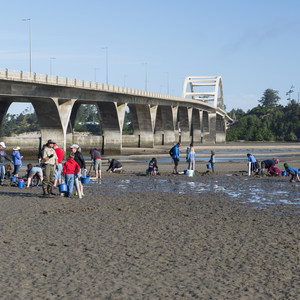
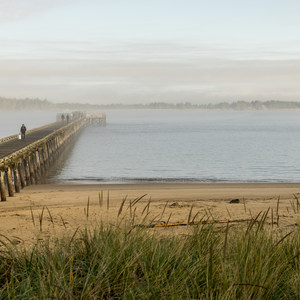
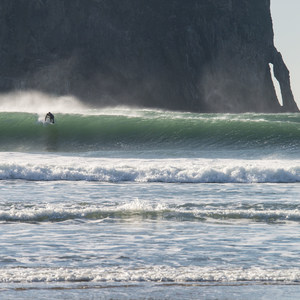
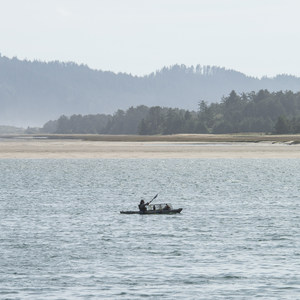
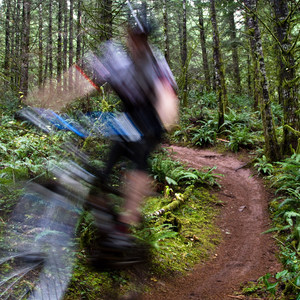
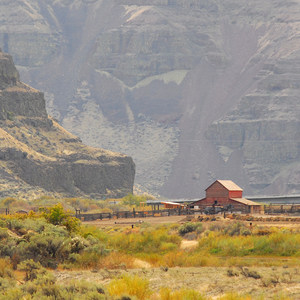
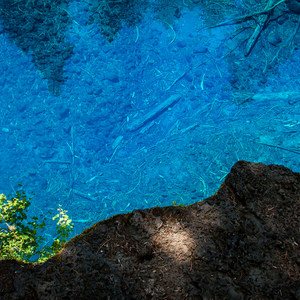
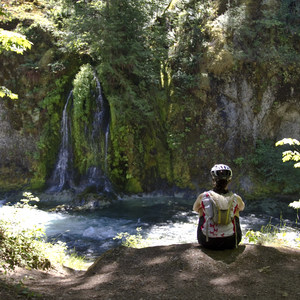



Comments
Sign In and share them.